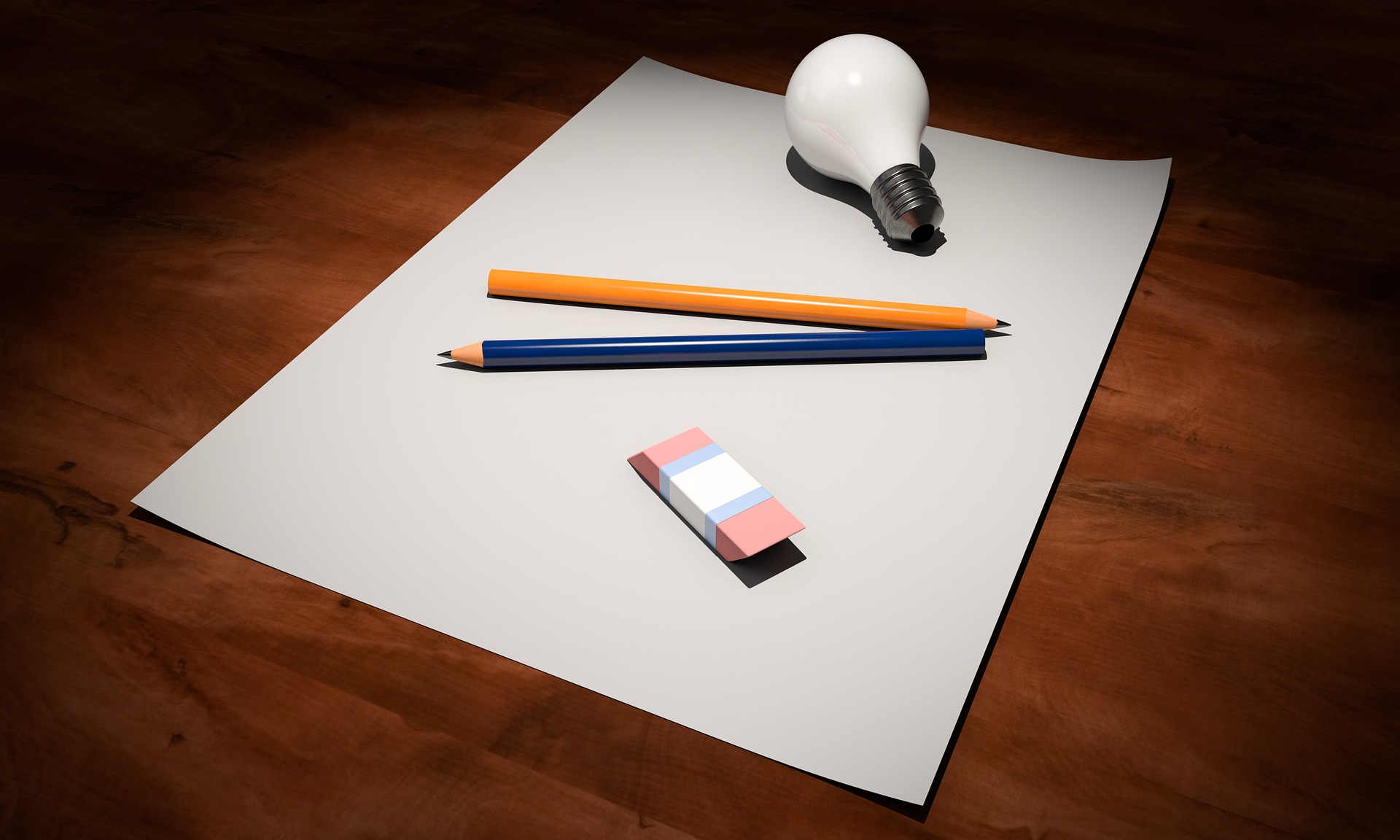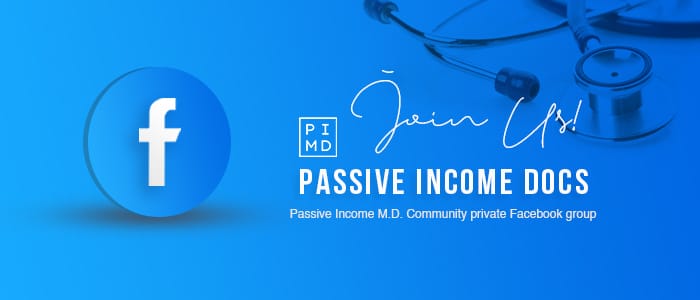
How to Patent a Medical Device
This post may contain links from our sponsors. We provide you with accurate, reliable information. Learn more about how we make money and select our advertising partners.
Have you ever had a novel idea for a medical device? Have you ever thought, “I wish something like this existed?”
In addition to helping spur on innovation and advancing technological advances in medicine, inventing a new medical device could also be tapping into a source of income for yourself — if you take the proper steps to secure your intellectual property in advance. You'll require a patent to ensure that you reap the rewards from wherever this road it leads to.
I've seen it asked on our FB Group, “I have a medical idea, what do I do next?” Well, the answer is again, protect the intellectual property. It can seem like a daunting task, but I've put together some information and tips that should help set you on the right path. Honestly, whether it's a medical or non-medical device, the process is essentially the same.
The True First Step
The first step should be to find out who actually owns your idea. Of course, you do because you thought of it, right? Well, that might not actually be the case depending on your employment contract.
If you work for an academic institution or are employed in any way, you should research whether there is an intellectual property (IP) clause somewhere in the contract. It may state that whatever invention, idea, or device that is created during your term there is actually owned by your employer. Yes, you may have signed that without realizing it.
That leads to another question – if it is in fact owned by your employer, is it worth pursuing? Yes, it may further the field of medicine you're in, which is a great thing, however, is it ultimately worth your time if you might not benefit from it financially? Only you can answer that question.
I have heard of some institutions, however, that encourage innovation by partnering with their physicians when it comes to new medical devices. Certain hospitals have now even started their own incubators where they attempt to fund and help budding startups, inventors, and entrepreneurs. Find out the case for yourself, then consider moving on to the actual patent process.
The Patent Process: A Step-by-Step Examination
The patent process is the means by which an inventor can secure a patent, which is:
“A right granted to an inventor by the federal government that permits the inventor to exclude others from making, selling or using the invention for a period of time.”
The U.S. Patent and Trademark Office lays out the eight steps to the process on their website, which we will touch upon below.
Step 1: Determine the Type of Intellectual Property Protection That You Need
First, you will need to determine if a patent is what you truly need for your idea, or if a trademark or copyright is more suitable for your purposes.
In order to qualify for a patent, a device has to be deemed novel, useful and non-obvious — criteria which many medical devices (any implement used in the diagnosis/treatment of diseases and medical conditions) meet.
Step 2: Determine If Your Invention Is Patentable
You can't file for a patent on a previously patented device, which is why you must conduct a patent search to determine what is out there currently.
These are possible to conduct solo, but also notoriously difficult, which is why the patent office recommends enlisting the aid of an attorney to assist you.
Step 3: What Kind of Patent Do You Need?
You'll need to determine what kind of patent applies to your situation. There are three varieties:
- Utility Patent – For anyone who invents or discovers any new and useful process, machine, article of manufacture, or compositions of matters or any new useful improvement thereof.
- Design Patent – For anyone who invents a new, original and ornamental design for an article of manufacture.
- Plant Patent – For anyone who invents or discovers and asexually reproduces any distinct and new variety of plant. (Guessing this probably won't apply to your device, but who knows?)
Step 4: Get Ready to Apply
Before applying for a patent, you'll need to determine if you will be using the aid of “professional legal services,” which will increase the total cost of the application process.
It is not uncommon for final application costs to exceed several thousands of dollars, depending on their complexity.
Patent fees include the basic fee, search fee, examination fee and issue fee, which normally fluctuate every October. You can view a listing of the most current fees here.
Step 5: Prepare and Submit Your Initial Application
You'll put together the appropriate application for your patent and submit it to the patent office.
Step 6: Work With Your Examiner
If your application is incomplete, you will be notified and granted an opportunity to complete your filing.
If your application is complete, an examiner will review its contents to determine if it meets the necessary requirements for a patent.
If it does not, they will explain why and provide an opportunity for you to amend your application or argue your case.
The timetables for this process can vary, but the patent office does try to get most applicants taken care of within 12 months, and provides resources for checking the status of your application.
Step 7: Receive Your Approval
Once your examiner determines your application is satisfactory, they will provide a Notice of Allowance, which will inform you of the issue fee (and possible publication fee) that must be paid before receiving your patent.
The patent office will issue utility patents about four weeks after receiving the necessary fees. Patent grants are mailed on the issue date of the patent.
Step 8: Maintain Your Patent
To maintain your patent, you'll have to render additional fees to the patent office at set intervals. The Maintain Your Patent page has more details on the cost and frequency of these payments.
Devices Invented by Physicians
The patent application process is arduous, but it isn't impossible to complete. There are so many success stories that it'd be impossible to list them all here. However, next time you're at work, realize that many of the most important, well-known devices were created by physician inventors.
Some examples:
- Pulmonary Artery Catheter (Swan-Ganz) – Developed by Dr. Jeremy Swan and Dr. William Ganz
- Bair Hugger – Developed by Dr. Scott Augustine
- Jarvik Artificial Heart – Dr. Richard Jarvik
- and the list goes on and on…
Don't Forget About Your Exit Strategy
Throughout the process, you should keep in mind what your end goals for patenting your device are.
Will you market and produce it on your own? You'll maintain control but present yourself with a new set of hurdles to surmount.
Will you sell your device to a larger company? You'll likely get a quicker payout, but lose a measure of control over your invention.
You'll have to weigh the pros and cons to decide what will work best for you and what will help maximize your potential income down the line (if that is your primary goal).
Disclaimer: The topic presented in this article is provided as general information and for educational purposes. It is not a substitute for professional advice. Accordingly, before taking action, consult with your team of professionals.


